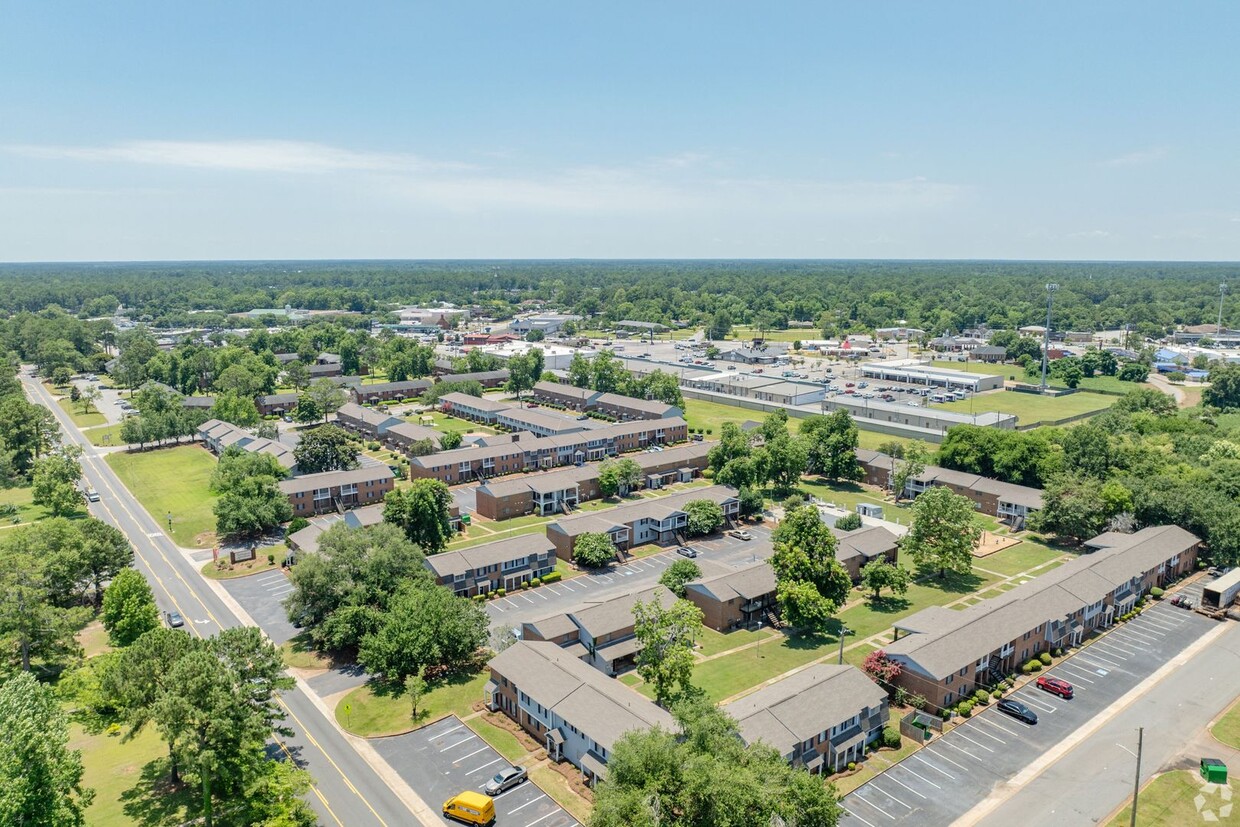Recession Predictions: Why They’re Often Wrong, and Why the Narrative Continues to Switch
Recession Predictions: Why They’re Often Wrong, and Why the Narrative Continues to Switch
On any given day, depending on who you ask, we are either years away from the faintest possibility of a recession or about to enter one. Economists have made several dizzying U-turns in their predictions over the past couple of years, with the latest narrative claiming a recession is highly unlikely in 2024 and subsequent years.
That’s a stark change in tone from only a year ago. A poll of 70 economists by The Wall Street Journal in January 2023 put the odds of a recession at 61%. Yet at least one independent economist, James F. Smith, dissented and put the odds of a recession at a minuscule 1%. We already know who was right in 2023, but what was the reasoning behind the confident 1% prognosis?
As of last month, we’re seeing rosy prognoses for the U.S. economy. Many experts, including Goldman Sachs’ chief economist, forecast that a recession is now highly unlikely in the coming years. Let’s unpack why the economic forecast keeps vacillating between extremes.
The (Un)Likelihood of a Recession: The Strong Labor Market Argument
The first point James Smith stressed was the robust labor market—a point that is now being reiterated by other economic forecasters. Smith has been quoted as saying: “We have record numbers of people employed, earning more money than ever before. They’re feeling reasonably confident, not phenomenally confident, but reasonably so. People are in pretty good financial shape.”
How true is this statement? Technically, U.S. unemployment remains low. Jobless claims also remain at historically low levels.
However, unemployment levels are growing—slowly but consistently. The national unemployment rate rose from 3.7% to 3.9% in February and was 0.3% higher than a year ago.
Setting the relatively encouraging numbers aside, though, the labor market looks less confident when we consider the mass layoffs among top companies like IBM, Alphabet’s Google, Microsoft, and Goldman Sachs in 2023. The trend is continuing this year. Google, for example, has already laid off hundreds more workers this year.
Moreover, hiring isn’t exactly booming. Macroeconomist Guy Berger tweeted in early March that if you look at employment data more closely, “hires are consistent with an unemployment rate around 5.5%.”
It’s true that people aren’t being laid off in mass, but employment mobility is slow because companies are reluctant to replace workers. Employment policy analyst Matt Darling told Business Insider that “employers are hiring as if there’s a relatively weak labor market, not a strong one.” It’s not that the labor market is doing badly—it’s just that it’s not exactly doing well; it’s certainly not doing as well as it should be, given the strong economic growth the country is experiencing overall.
The Taming of Inflation: Success or Failure?
Now, let’s look at the other indicator James F. Smith identified as pointing to a low likelihood of a recession in 2023: the drastic measures introduced by the Federal Reserve to curb rising inflation. Fiscal tightening led to the lowest money supply levels in 70 years—and, yes, inflation did eventually begin coming down.
This “eventually” is significant. Let’s go back to early 2021. That’s when inflation first began gaining pace—not in mid-2022, by which time it was at a crazy-high 9.1% and a huge problem for the Fed. Back in 2021, though, despite clear indications that inflation was rising, Jerome Powell kept saying that inflation would be “transitory.”
The fact remains that the Federal Reserve got the source of inflation fundamentally wrong. “The Fed thought the source of the inflation that began in the post-pandemic era was excess demand, and you could understand why they may have thought that if they didn’t do their homework,” Nobel Prize laureate Joseph Stiglitz told CNBC. The inflation was actually caused by the post-pandemic shortage of materials and industrial components like semiconductor chips.
This serious blunder does raise questions about the entire handling of the recent inflationary spike. Besides, we’re not out of the woods yet. The Fed’s goal of inflationary rates of under 2% has not been reached.
The latest data from the U.S. Labor Department give an inflation rate of 3.1% as of the end of February. It’s not 9%, of course, but even all the rate hikes so far haven’t brought it down to target levels. There is still widespread talk of rate cuts in 2024, but can they really be justified at this point?
Let’s return briefly to James F. Smith’s earlier statement that people are “financially in good shape.” What this really means in practice is that people who already were in good financial shape pre-2021 have remained so, more or less. However, huge numbers of people are finding themselves locked out of key purchases, most notably real estate. Business Insider has memorably referred to this situation as a “trapped-in-place economy.”
Yes, people are splurging on vacations and eating out using their credit cards, but is that really a picture of people who are financially in good shape? U.S. households carried all-time-high levels of debt into 2024, and the category that saw the largest increase was credit card debt.
Economists will tell you that high levels of credit card debt aren’t a bad thing—so long as the majority of people are able to manage their balances. Currently, 55% of Americans are repaying theirs in full, which isn’t bad. So, it appears that high levels of debt are reflecting a growing economy.
Unless, for some reason, that stops being the case. Lara Rhame, chief U.S. economist at FS Investments, told CNN: “Our economy naturally grows because of a combination of productivity growth and population growth, so something has to really disrupt growth to make household balance sheets contract.”
The Unknown Unknowns
This brings us to the final factor: the unknown unknowns that can indeed disrupt the economy in an unforeseen way. James F. Smith acknowledges: “Every recession is different. We’re just trying to figure out how or why, and we don’t always figure that out. We just say, ‘It’s a mystery.’”
So, what are these mysterious factors? Sometimes, they are central bank blunders. It seems that this time around, the Fed ultimately did the right thing. But they took surprisingly long to act and were wrong about the basic facts of the post-pandemic economy. Who is to say there will be no more mistakes?
All of this is not to say that the U.S. economy is definitely headed toward a recession or to dampen people’s spirits. But even the Wall Street Journal argued back in January that although there won’t be a recession, “it will feel like one.”
For people trying to change jobs, fix a broken car, buy a house, or make money off a rental property, what material difference does it make whether there is a technical recession or an under-the-radar, lived experience?
Concerned about investments … at SIMM Capital we feel that Real Estate – Is the safest investment in the world. Why venture down this road alone. Rely on those that know the business, We live it and breath it – at SIMM Capital our investment strategy is to give everyone the chance to build wealth through real estate. We seek the best assets that hold the largest opportunities to improve on management and value, while delivering in rent growth year over year that will result in high quality returns. We know the business. To see how we can help you click – the link www.simminc.com




Recent comments